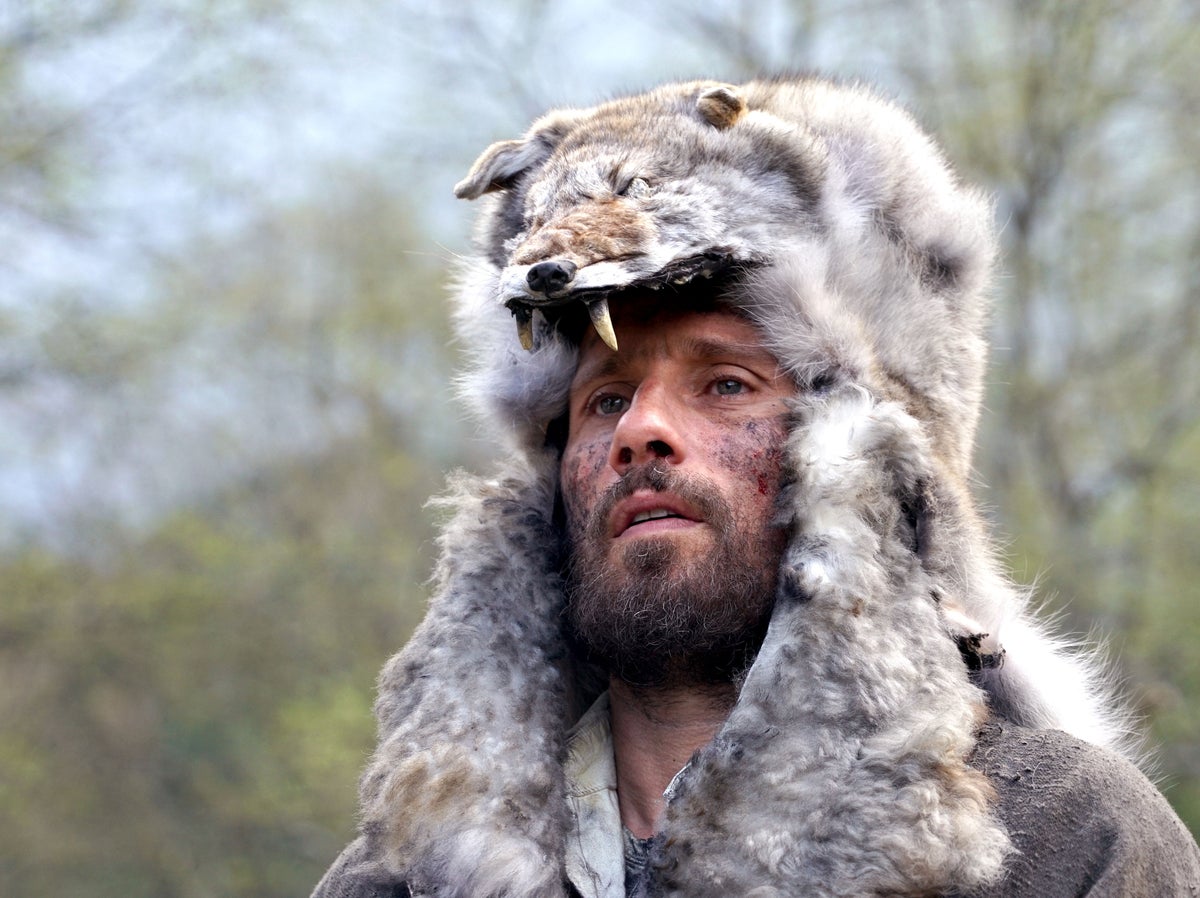
Why did the western become arguably the most important genre in post-war filmmaking? From John Ford to Sam Peckinpah, the sweeping vistas and amoral politics lit up the big screen, gifting America a new creation myth. Now, the western is back in a more compact form – and with a transatlantic hue. After Hugo Blix’s excellent The English, Sky Atlantic is rebooting Sergio Corbucci’s Django film franchise as a brooding 10-part stampede through the dawn of the United States.
It’s the Old West, 1872. From the wreckage of the American civil war, John Ellis (Nicholas Pinnock), an almost messianic figure, is building a utopia: New Babylon. His city will be a home to all, regardless of colour or creed, gender or sexuality. Except there’s one man who is apparently unwelcome in this false-front Xanadu. Django (Matthias Schoenaerts) arrives as a drifter, offering himself to the bearpit in a fight to the death. “Are you ready for your destiny?” Ellis asks this scraggy stranger. But when Django shows mercy to his stricken opponent, he breaks Ellis’s covenant, and reveals his destiny as something far greater than a barroom brawl.
That path has led him to Ellis’s young bride-to-be, Sarah (Lisa Vicari), who, it turns out, is his daughter and the last surviving member of Clan Django. It will also bring him into the crosshairs of Noomi Rapace’s savage and mysterious local landowner, Elizabeth. She’s introduced to viewers in a carefully orchestrated atrocity at a brothel, which sets the tone both for the relentless violence she will enact and the show’s attitude towards life and death. This is the pioneer era, where a man could make fame and fortune with nothing more than a steady hand and a willingness to shoot.
This new series, created by Italians Leonardo Fasoli and Maddalena Ravagli, is all about reintroducing the spaghetti to the western. In the 1960s, Sergio Leone rewrote the rules of the genre by bringing a European artistic sensibility to the definitive American story. The western, after all, is not the simple, outmoded, story of civilisation versus barbarism that it seems superficially. Instead, it reveals how civilisation is built on barbarism; how the two work in tandem. Leone stirred in a ragu of moral ambivalence and nomadic indolence – and Django champions those continental ideas. Along with the core creative team, the lead actors are an excellent selection of stars from European arthouse cinema (Schoenaerts is Belgian, Vicari German, Rapace Swedish, and Pinnock English). It demonstrates America as both an immigrant heartland, and a canvas on which to project European colonial anxieties.
“What kind of a name is Django anyway?” Ellis asks his sharp-shooting new arrival. “It’s just a name,” Django replies. But when quizzed on whether it’s his own (he’s called Julien in flashbacks, where he has a more pronounced European accent) he hesitates. “In this life it is.” Since the days of Franco Nero, Django has been a name passed around as a pseudonym, shared between both bounty hunters and vengeful former slaves. Fasoli and Ragali’s vision is more conventional – Schoenaerts, despite a horrific wig, is very much in the mould of Nero or Clint Eastwood – but embraces that sense of self-mythologising. The West is, once the dust has settled, a place of reinvention.
Unfortunately, the execution is at times more spaghetti junction than spaghetti western. The family drama is frequently superseded by needless shootouts, and characters come and go with the flash of a muzzle. Without the central crutch of Django’s relationship with Sarah, it would be hard to follow (or care about) the land management and brokering grievances that result in so much bloodshed. Django’s backstory is equally slippery (though, thankfully, he has a better haircut in these scenes). You might argue that nobody watches westerns for the plot, but when that narrative is stretched over 10 hour-long episodes, it needs unsnarling to sustain viewers’ attention.
For diehard aficionados of the genre, Django is a welcome throwback and an unapologetically European addition to the canon. But, for the casual viewer, the action is unlikely to have sufficient impetus. That’s the problem with spaghetti: for all its base carbohydrate appeal, you can all too easily end up with a glutinous tangle.







